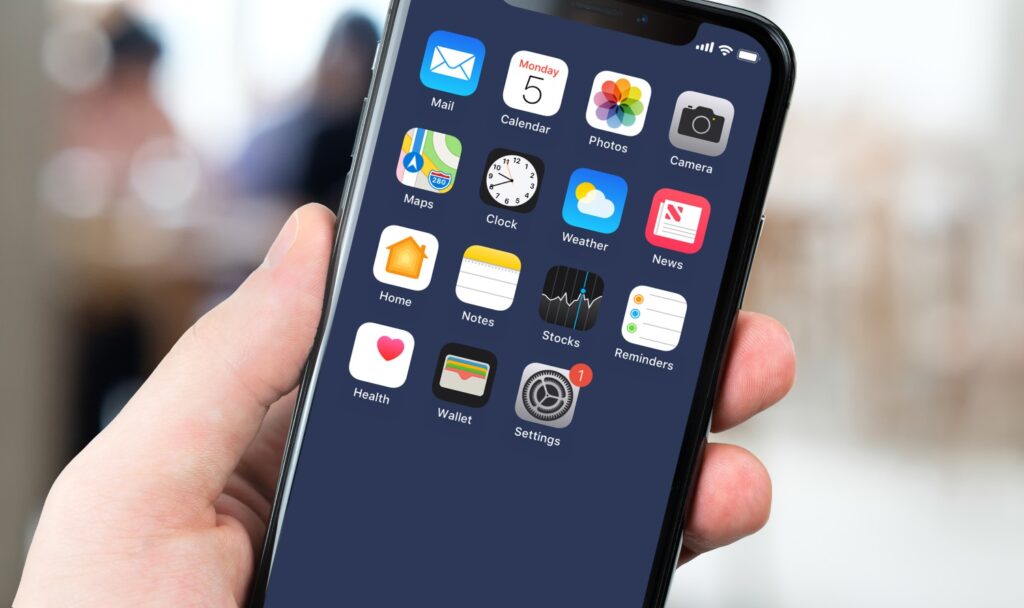Installing iOS updates directly after their release can lead to incompatibilities – or worse. Here are our best practices for handling new updates.

An excellent feature of Apple’s iPhone and iPad is that they evolve with each update. In addition to important security updates and occasional performance improvements, the larger updates are transforming iOS devices into ever more capable smartphones and tablets. So, it’s more than understandable that some users just can’t wait to install the latest updates.
But from a company’s perspective, it can pay off to be cautious. Changes to the operating system seldomly have a purely superficial effect. For example, an ill-considered iOS update can quickly lead to important apps no longer running. This is particularly annoying because once installed, iOS updates cannot be easily reversed.
For these reasons, iOS updates can lead to incompatibilities
- App developers are basically independent of Apple. However, this also means that whenever Apple changes an interface, they have to make sure they keep up with the latest developments. If the developers don’t, their apps can become instantly unusable after an update.
- From time to time Apple cancels support for apps that are no longer up-to-date – most recently for 32Bit apps and apps that don’t support iPv6.
- Even if app developers regularly update their apps, there is always a bottleneck before major updates. This is because Apple checks every single app. And since it’s not uncommon for Apple to reject apps, it can be impossible for developers to know when their app will be finally approved and uploaded to the App Store.
Best Practice for iOS Updates
Essentially, IT departments in any organization should recommend that users not perform an update until the corresponding version has been approved by the IT department. The IT department should keep an eye on the relevant blogs and the Apple support forum, to ensure they quickly spot known problems with the latest iOS releases. In addition, it is relatively easy to check in the App Store whether apps relevant to the company have already received an update for the latest iOS release. Ultimately, the IT department should do the iOS update themselves and check compatibility. IT professionals can then approve the iOS operating system version and inform their users.
Professionally Handling iOS Updates
To ensure that iOS updates are not carried out prematurely, attentive users are required. However, updates are often initiated accidentally, for example because users believe they have to react to the update notification. This is why it’s better, especially with many users in an organization, to use a Mobile Device Management system such as Cortado MDM. With Cortado MDM, admins not only prevent or delay the installation of new iOS releases, but also prevent the user from being notified of the availability of a new release. What’s also useful is that a delay can be specified for the installation. As a general rule, after about four weeks following a release, all apps are up to date.
Managed Updates: Delay iOS Updates with Cortado MDM
Cortado MDM makes it easy to plan iOS updates. Even if you don’t have a Cortado MDM subscription yet, you can try out the update delay feature in the free 14-day trial phase. Open the control panel of the Cortado MDM management console and select Policies. Now edit the iOS policies. Under the Supervised Devices tab, scroll to the policies for iOS 11 and later. Remove the checkmark at Immediate OS update. This will display the OS update delay (in days) option. Here you can enter by how many days the iOS update should be postponed (the maximum is 90 days). The latest iOS update then won’t be displayed on the supported devices of your users until the time specified here has elapsed.